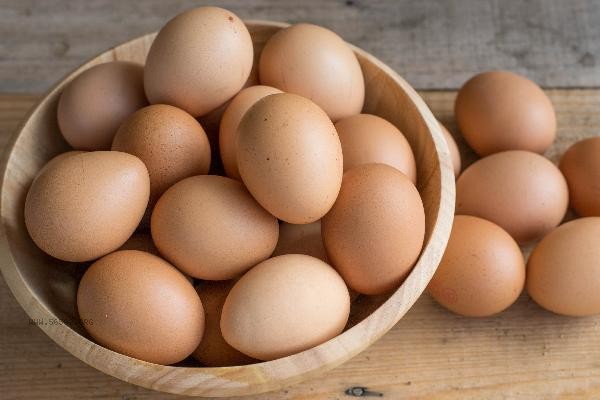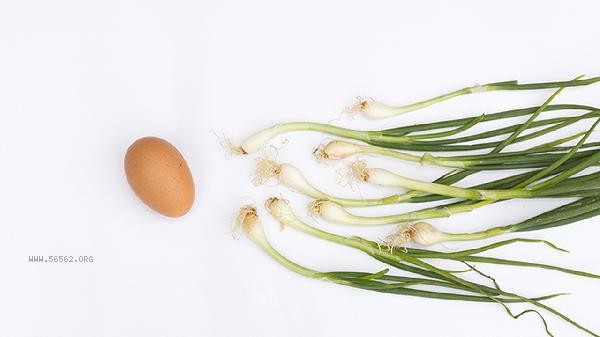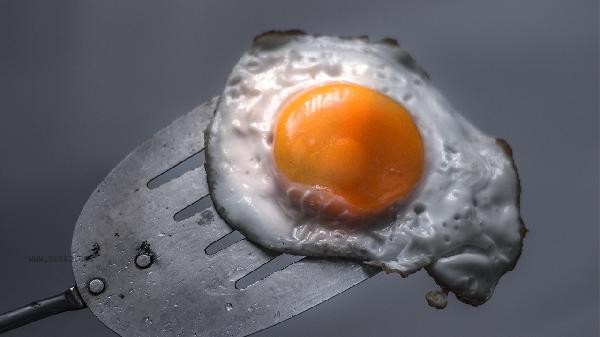The correct method of frying eggs requires controlling the oil temperature, heat, and flipping timing to avoid burning or overcooking. The key steps include using fresh eggs, selecting the appropriate amount of oil, maintaining low to medium heat, frying on one or both sides, and pairing with seasonings.

1. Use fresh eggs
Fresh eggs have high egg white viscosity, and the yolk is not easily dispersed, making them easier to form when fried. Select eggs with a recent production date, knock them into a bowl and observe whether the egg white is layered and whether the yolk is round and full. If the egg white is thin or the yolk is flat, it may affect the integrity and taste of the fried egg. refrigerated eggs should be taken out and warmed up in advance to avoid sudden drops in oil temperature caused by low temperatures.
2. Choose the appropriate amount of oil.
Pour a small amount of cooking oil or butter into a flat bottomed pan, and the amount of oil should cover the bottom of the pan evenly. Too little oil can easily stick to the pan or fry, while too much can cause eggs to absorb too much oil and have a greasy taste. It is recommended to use high smoke point vegetable oils such as peanut oil or uniquely flavored olive oil. When the oil temperature rises and smoke slightly, turn down the heat and then add eggs.
3. Maintain low to medium heat.
Use low to medium heat throughout the frying process to avoid high temperatures causing the egg whites to quickly char and the yolk to be undercooked. After the egg is put into the pot, the edge of the egg white should gradually solidify and give rise to white foam. In case of severe blistering or blackening, the fire power should be reduced immediately. By tilting the pot, the hot oil can be concentrated to infiltrate the uncured protein, promoting uniform heating.

4. Single side frying or double-sided frying
When making single side frying, wait for the egg whites to completely solidify before turning off the heat, cover and stew until the egg yolks are half cooked. This is suitable for people who like flowing egg yolks. Double sided frying requires a spatula to gently flip the sides, keeping the egg yolk intact. Fry until both sides turn slightly yellow, suitable for fully cooked enthusiasts. Be aware that flipping too early can cause the yolk to rupture, while flipping too late can result in a burnt bottom.
5. Paired with seasoning
After frying, sprinkle a little salt, black pepper or crushed vanilla to enhance the flavor, or drizzle with a small amount of soy sauce or spicy sauce. If you need easily melting ingredients such as cheese, you should add them when the eggs are half cooked and cover them to let them simmer. Avoid adding salt too early, which may cause the protein to release water and affect its formation. After plating, it can be paired with bread, vegetables, and other balanced nutrients.

As a high-quality source of protein, fried eggs are recommended to be paired with whole wheat bread and vegetable salad to avoid harmful substances produced by long-term high-temperature frying. Using a non stick pan can reduce the amount of oil used, and cleaning the pan promptly after frying can prevent the deposition of burnt deposits. Elderly people or those with weak digestive function can fry the egg yolk until fully cooked, and children should pay attention to cutting it into pieces to prevent choking when eating. Adjust the ripeness and seasoning according to personal taste, and maintain dietary diversity.








Comments (0)
Leave a Comment
No comments yet
Be the first to share your thoughts!